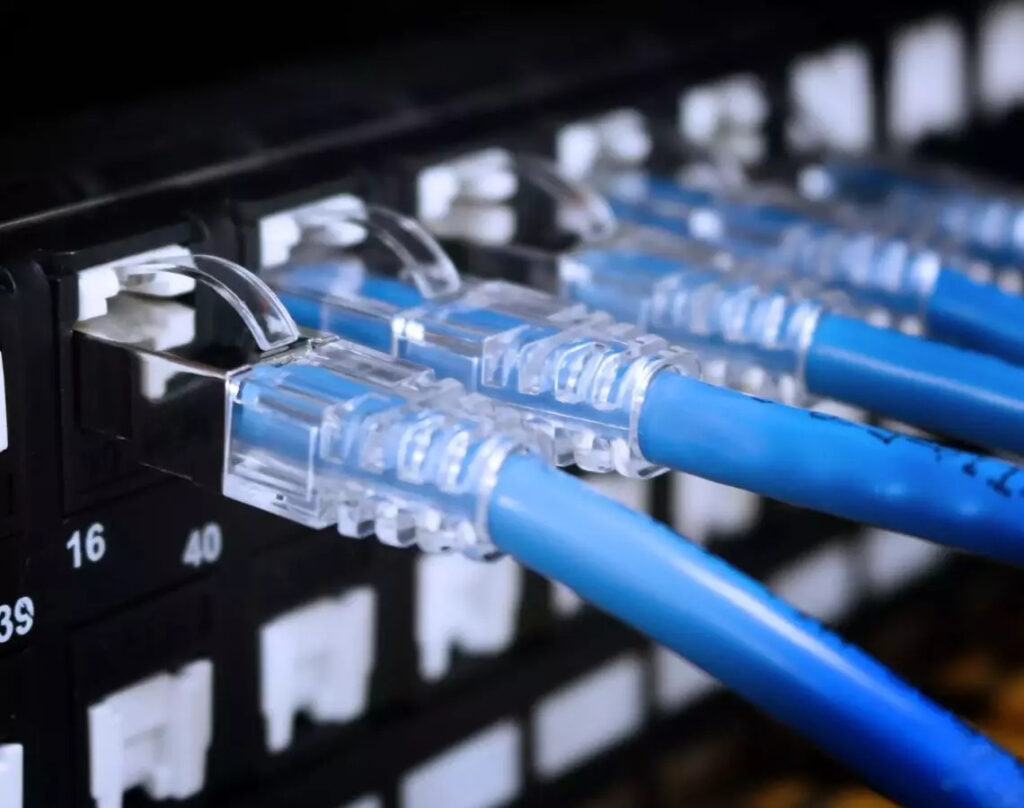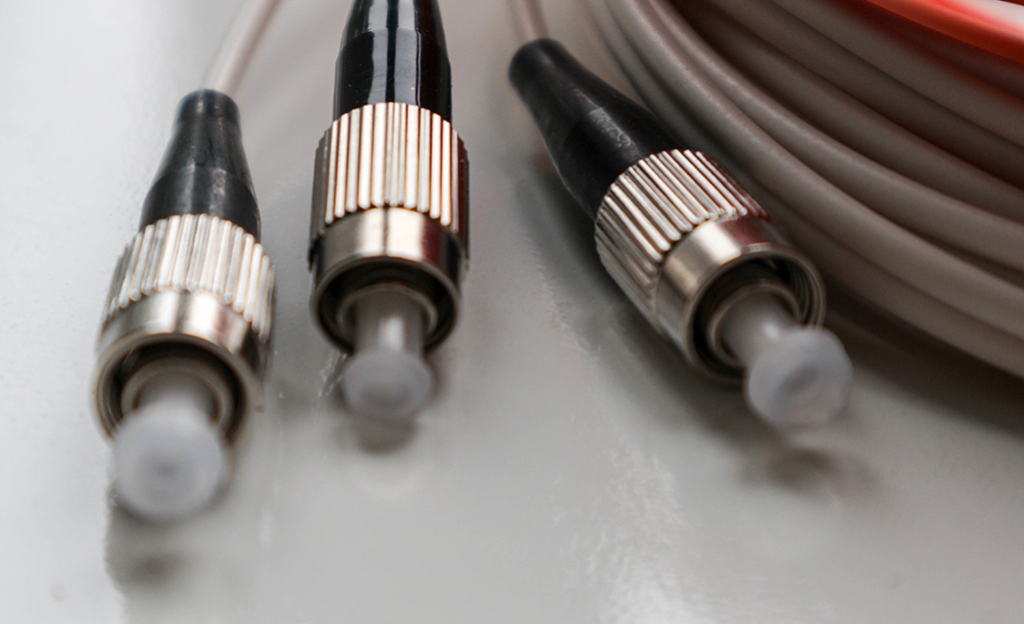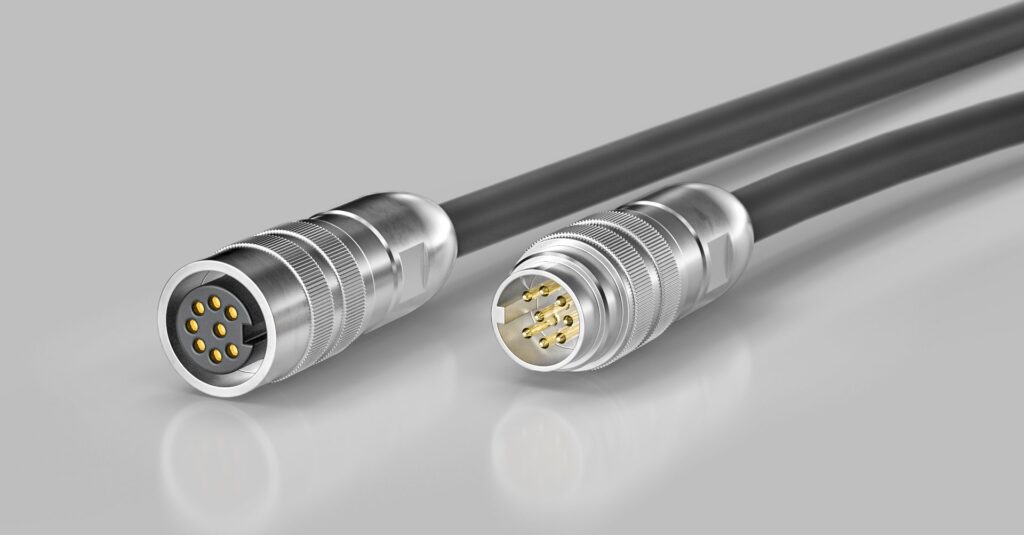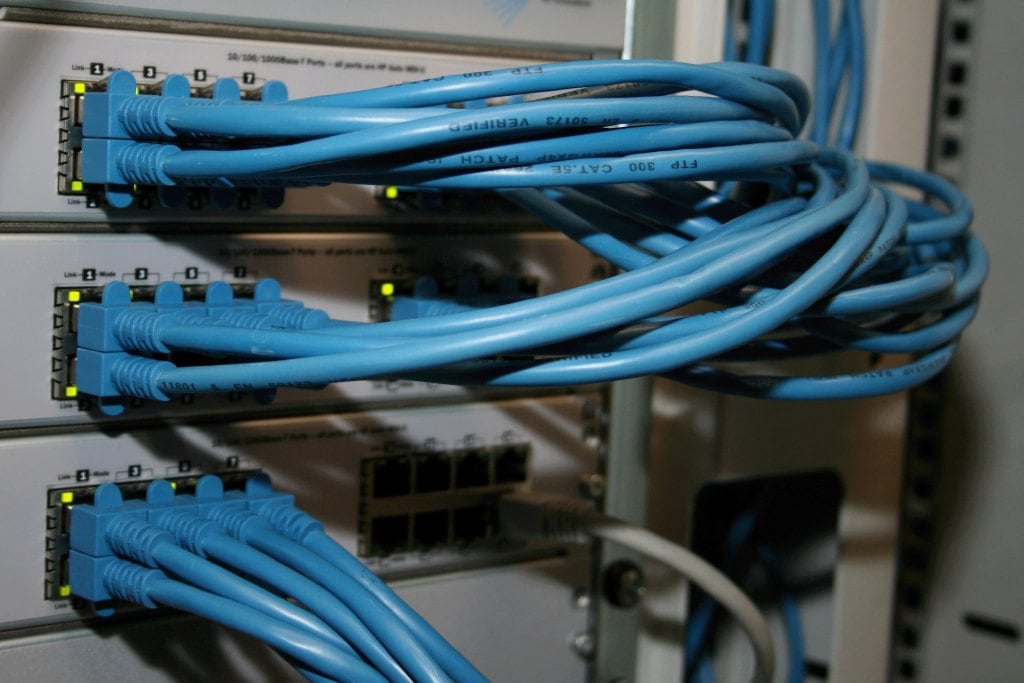Connectors cables are the vital components that form the backbone of modern technology, enabling seamless communication and data transfer. In a technologically advanced and rapidly growing city like Dubai, situated in the United Arab Emirates (UAE), the demand for reliable connectors and cables is ever-present. Whether it’s powering the iconic skyscrapers or ensuring connectivity in cutting-edge industries, these essential hardware components play a crucial role in fueling Dubai’s dynamic progress.
I. Electrical Cable Connector Types

- Screw connectors: These are the simplest and most common types of connectors. Although they are simple to put in and take out, they may gradually get loosened.
- Crimp connectors: With the use of a specialized tool, these connectors are crimped onto the cable. Although they can be more challenging to install and remove, they are more secure than screw connectors.
- Solder connectors: These connectors are soldered to the cable. Although they are the safest kind of connector, they can be challenging to install and remove.
- Push-in connectors: These connectors are simply pushed onto the cable. they can be less secure than other types of connectors, they are simple to install and remove.

- RJ-45 connectors: These connectors are used for Ethernet cables. They offer a secure connection and are simple to install and uninstall.
- F connectors: These connectors are used for coaxial cables, such as TV and cable TV cables.
- BNC connectors: These connectors are used for coaxial cables, such as video and security camera cables.
- RCA connectors: These connectors are used for audio and video cables.
- HDMI connectors: These connectors are used for high-definition audio and video cables.
- USB connectors: Numerous gadgets, including printers, cameras, and computers, use these connectors.
II. Wire Connector Socket

- Two-piece connectors: These are the most common type of wire connector socket. To establish a safe connection, they are made up of a male and female connector that click together.
- Three-piece connectors: These connectors are similar to two-piece connectors, but they have an additional locking tab that prevents the connectors from coming apart.
- Screw-terminals: Wires are fastened in place using screws in screw-terminal connections. They are less common than two- and three-piece connectors, but they are more durable and can be used with larger wires.
- Spring-loaded connectors: The wires are held in place by spring tension in spring-loaded connections. Although they are the simplest to use, these connectors are not as strong as other kinds. When to Use Each Type of Wire Connector Socket
- Two-piece connectors: Two-piece connectors are ideal for most general-purpose applications. They work with different sizes of wire and are quite simple to use.
- Three-piece connectors: Three-piece connectors are a good choice for applications where the connection needs to be extra secure, such as in high-vibration environments.
- Screw-terminals: Screw-terminal connectors are a good choice for applications where the connection needs to be durable and can be used with larger wires, such as in industrial applications.
- Spring-loaded connectors: Spring-loaded connectors are a good choice for applications where the connection needs to be easy to make and disconnect, such as in temporary wiring applications.
A. Where Does Ethernet Cable Go?

- Computer to router or modem: This is the most common use for an Ethernet cable, and it can significantly improve your internet speed and reliability.
- Router or modem to network switch: A network switch can be used to divide your internet connection into many Ethernet ports if you need to connect the internet to multiple devices.
- Network switch to other devices: Once you have a network switch set up, you can use Ethernet cables to connect any devices that have Ethernet ports, such as computers, printers, gaming consoles, and smart TVs.
- Directly between two devices: In some cases, you may need to connect two devices directly to each other using an Ethernet cable. This is often done with gaming consoles or other devices that need a high-speed, low-latency connection.